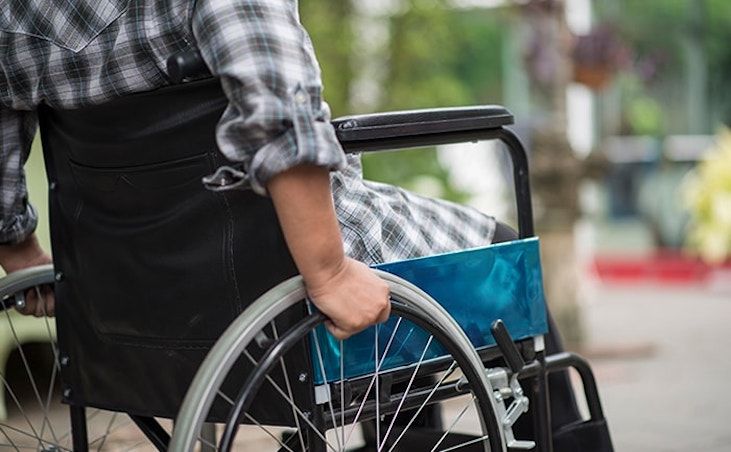Swiss scientists have made a breakthrough discovery in the quest to cure paralysis and help paralysed patients walk again.
Researchers at Swiss group NeuroRestore say that they’ve correctly identified which neurons can reverse the paralysis of people with severe chronic spinal injuries.
The neuroscientists have pinpointed the exact location in the spine after testing on mice and successfully restoring their ability to walk.
Designtaxi.com reports: It turns out that the area that orchestrates walking comes from the nerve cells at the lower back. Having trauma there can disrupt the chain of signals between the spinal cord and the brain, causing the relevant neurons to lose their “walking” function even if they’re all present.
Armed with clarity on where to induce electrical impulses, the team surgically implanted a neurotransmitter into the spinal cords of nine volunteers who had severe paralysis after incurring damage in the area. Of the nine, three were completely paralyzed with no sensation in their legs.
Amazingly, all of the patients were able to move about again with a walker after five months—following a combination of stimulation and intensive physical therapy sessions, which were conducted up to five times a week.
Even after rehabilitation, the participants continued to show improvements in their walking.
“When you think about it, it should not be a surprise,” explains Grégoire Courtine, a neuroscientist at the Swiss Federal Institute of Technology in Lausanne (via the Nature scientific journal). “Because in the brain, when you learn a task, that’s exactly what you see—there are less and less neurons activated [as you get better at it].”
The breakthrough isn’t just about the miracle of walking—scientists are also convinced that a clearer understanding of spinal circuitry could bring more answers for other concerns of the body, such as problems with control in the bladder and bowels, as well as sexual dysfunction.
“It would be really interesting to see whether those sorts of functions also can be improved with this technology,” says Marc Ruitenberg, a neurologist at the University of Queensland in Brisbane, Australia.

